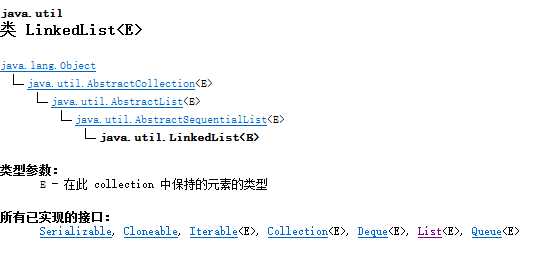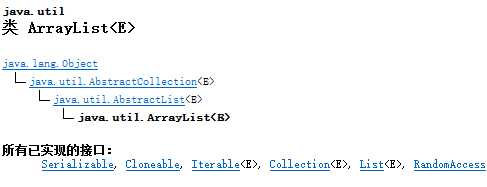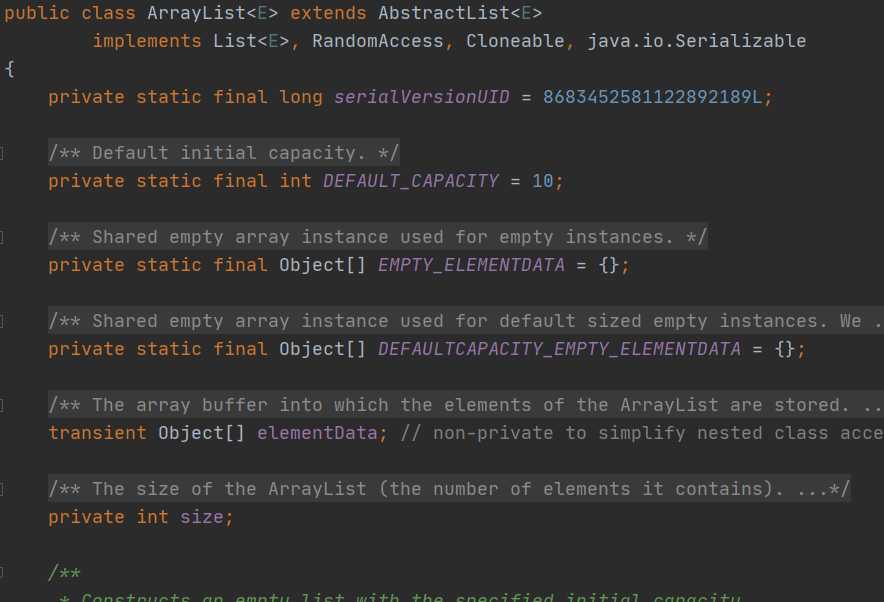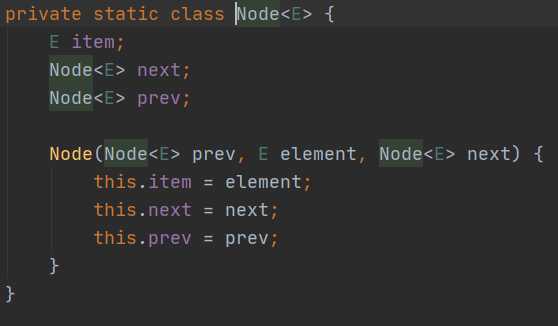Java中ArrayList和LinkedList的对比分析
2021-04-09 17:25
标签:对比 ISE 接口 lse aci rev info alt odi 继承关系对比 从JDK API中可知二者都实现了 List 接口,故此二者都会有add,cantains等方法。 对于List接口的实现类,都有以下特点: 底层数据结构对比 ArrayList底层数据结构是 数组 LinkedList底层数据结构是双向链表 操作性能对比 ArrayList,查找快,因为是连续的内存空间,方便寻址,但删除,插入慢,因为需要发生数据迁移 具体分析,贴源码 查找 ArrayList,下标直接访问,时间复杂度O(1) LinkedList,挨个遍历,时间复杂度O(n),可以用加索引的方式优化查询时间复杂度为O(logn),这时候叫做跳表 添加 ArrayList,添加到尾部O(1),添加到中间O(n),数据迁移耗时 LinkedList添加为O(1) 删除 ArrayList 涉及数据迁移 O(n) LinkedList 改变尾节点的next即可 O(1) Java中ArrayList和LinkedList的对比分析 标签:对比 ISE 接口 lse aci rev info alt odi 原文地址:https://www.cnblogs.com/NoWhiteBut/p/13375036.html



LinkedList,查找慢,因为需要通过指针一个个寻找,但删除,插入块,因为只要改变前后节点的指针指向即可。 public E get(int index) {
rangeCheck(index);
checkForComodification();
return ArrayList.this.elementData(offset + index);
}
public E get(int index) {
checkElementIndex(index);
return node(index).item;
}
Node
public boolean add(E e) {
ensureCapacityInternal(size + 1); // 判断数组大小是否足够
elementData[size++] = e;
return true;
}
public void add(E e) {
checkForComodification();
lastReturned = null;
if (next == null)
linkLast(e);
else
linkBefore(e, next);
nextIndex++;
expectedModCount++;
}
public E remove(int index) {
rangeCheck(index);
modCount++;
E oldValue = elementData(index);
int numMoved = size - index - 1;
if (numMoved > 0)
System.arraycopy(elementData, index+1, elementData, index,
numMoved);
elementData[--size] = null; // clear to let GC do its work
return oldValue;
}
public void remove() {
checkForComodification();
if (lastReturned == null)
throw new IllegalStateException();
Node
文章标题:Java中ArrayList和LinkedList的对比分析
文章链接:http://soscw.com/essay/73403.html